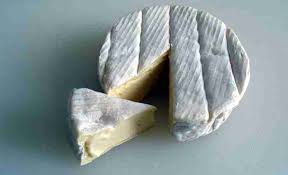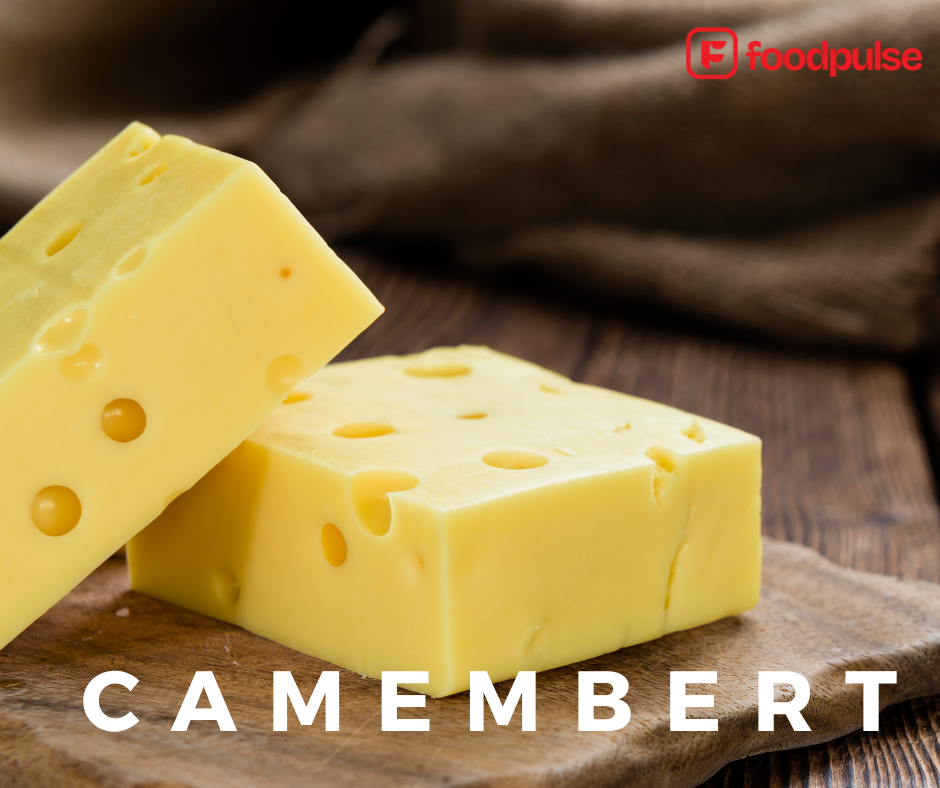Few cheeses evoke the charm and sophistication of France quite like Camembert. Hailing from the verdant fields of Normandy, this soft, bloomy-rind cheese is a true icon—a symbol of rustic tradition and culinary artistry.
At first glance, a wheel of Camembert is modest, its pale ivory surface dusted with a soft, velvety white bloom. But cut into it, and you’ll discover its magic: a creamy, golden interior that oozes slightly at room temperature, promising richness and decadence in every bite.
Camembert is more than just a cheese; it’s a cultural treasure. Its story dates back to the late 18th century when Marie Harel, a farmer in Normandy, is said to have perfected the recipe. What makes Camembert unique is the way it reflects its terroir—the lush pastures of Normandy lend its milk a grassy, buttery quality, creating flavors that are subtly earthy and deeply comforting.

Camembert Cheese
Its versatility is unmatched. Spread it on a warm baguette, pair it with fresh apple slices for a sweet contrast, or bake it whole, letting the cheese transform into a molten centerpiece perfect for dipping. Camembert invites creativity, yet its simplicity remains its strongest appeal.
Even beyond taste, Camembert carries an air of nostalgia. It evokes images of French markets, wicker baskets filled with fresh produce, and leisurely picnics under the shade of an old oak tree. To enjoy Camembert is to partake in a slice of French heritage—a sensory trip to the heart of Normandy.
At Foodpulse, we celebrate the stories behind such iconic foods. Camembert isn’t just cheese; it’s a piece of history, a testament to the beauty of tradition, and an invitation to slow down and savor life. The next time you unwrap a wheel of Camembert, remember: you’re not just tasting cheese; you’re experiencing a centuries-old art.














Leave a Reply